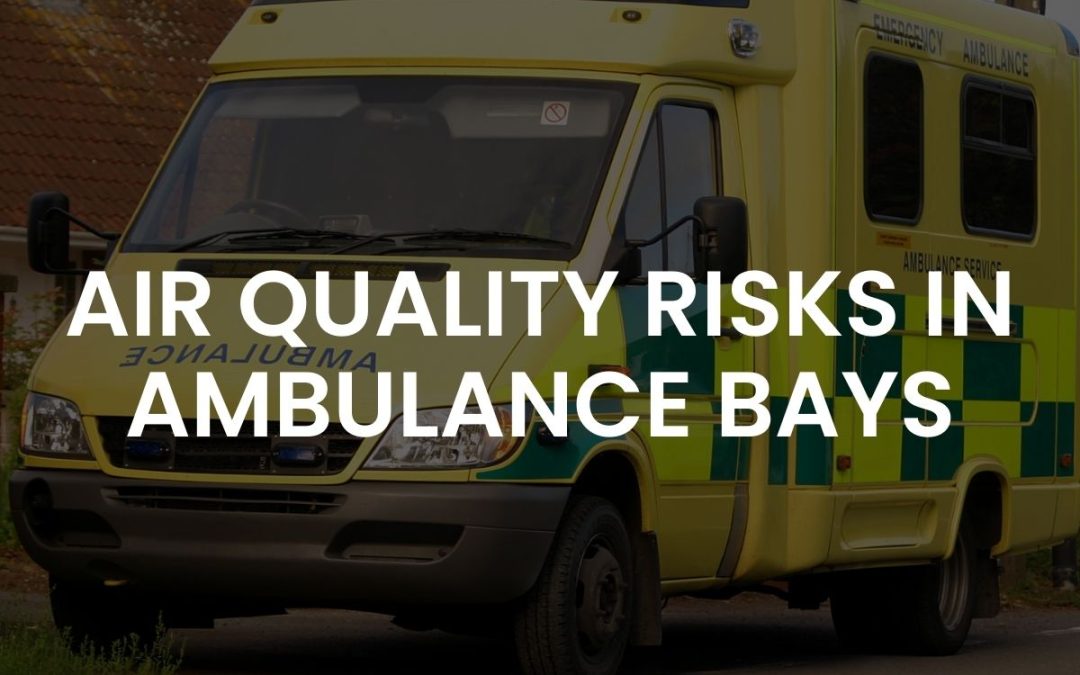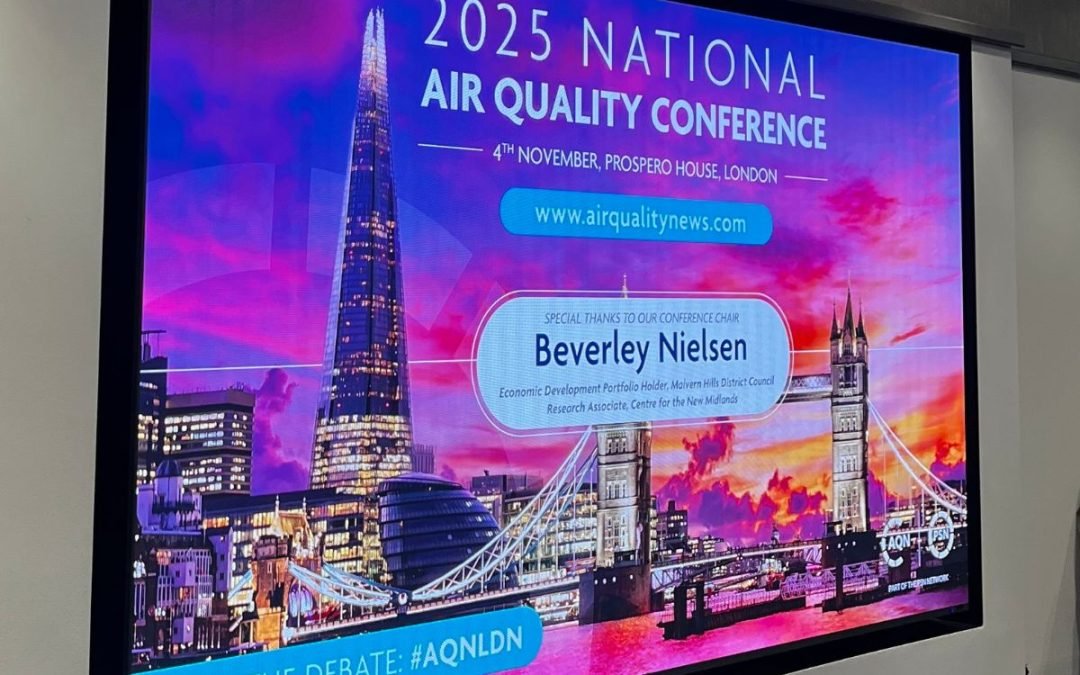The environmental monitoring landscape is evolving rapidly, with groundbreaking advancements in satellite technology now enabling unprecedented precision in emissions detection. This week’s top environmental news focuses on how these innovations are reshaping our approach to air quality monitoring – from satellite breakthroughs to AI-powered traffic cameras.
EnMAP Satellite Achieves Unprecedented Emissions Monitoring Precision
Researchers from the Max Planck Institute for Chemistry and Heidelberg University have demonstrated a significant leap forward in emissions monitoring technology. Using Germany’s environmental satellite EnMAP, they’ve successfully detected both CO₂ and NO₂ emissions from power plants simultaneously at a remarkable spatial resolution of just 30 metres.
Why does this matter? Industrial and power plant emissions currently account for approximately 55% of global CO₂ and 38% of NOₓ emissions. The ability to monitor these emissions with such precision represents a game-changing development for environmental compliance and pollution reduction efforts.
The breakthrough provides more than just pollution detection – it enables valuable insights into:
- Plant technology efficiency
- Operational patterns
- Emissions control system performance
These capabilities could eventually allow scientists to estimate CO₂ emissions based solely on NO₂ data, expanding monitoring capabilities significantly. Something to keep an eye out for.
AI Powers Traffic Cameras for Air Quality Analysis
In a parallel development, researchers at Istanbul Technical University have created an AI-powered system that repurposes existing traffic camera networks as air quality monitors. The system analyses camera footage using deep learning to identify vehicle types and speeds, then calculates emissions using vehicle-specific factors and meteorological data.
Pilot studies show the system identifies vehicles with over 95% accuracy and reliably calculates emission concentrations. This innovative approach offers cities a cost-effective way to expand air quality monitoring without installing expensive fixed monitoring stations.
Local Focus: Westminster Council Targets Restaurant Kitchen Emissions
Moving from the global to the hyperlocal, Westminster City Council has launched a pilot scheme to assess pollution from commercial kitchens. This initiative highlights how air quality concerns are expanding beyond traditional focus areas like traffic and industry.
The council’s findings that commercial cooking is the third-largest source of PM2.5 emissions in London, accounting for 59% of total emissions, underscores the need for comprehensive monitoring across diverse emission sources. Their pilot program has already revealed that cooking can produce pollution levels three times higher than roadside measurements.
The Precision Monitoring Challenge
These developments highlight a crucial trend in environmental management: the growing importance of precision monitoring with source attribution. Whether tracking power plant emissions from space or restaurant kitchen pollution at street level, effective air quality management requires both accurate measurement and clear source identification.
At EMSOL, this principle has been central to our approach. While satellite technology provides valuable macro-level data, our ground-level monitoring solutions offer the precision needed for actionable insights in specific locations. The most effective environmental management strategies will likely combine multiple monitoring approaches – from satellites to street-level sensors – to build a complete picture of air quality challenges.
For construction sites, NHS facilities, waste management operations, and local authorities, this means having the right tools to not just measure pollution but to identify specific sources in real-time. This source attribution capability transforms air quality data from interesting metrics into actionable intelligence that enables targeted interventions.
Putting Environmental Data to Work
The ultimate value of these monitoring advancements lies in their ability to drive meaningful action. Whether it’s satellite data helping regulators target high-emitting facilities or street-level monitoring enabling businesses to reduce their environmental footprint, the goal remains the same: translating environmental data into practical improvements.
For organisations looking to enhance their environmental performance, the expanding ecosystem of monitoring technologies offers both opportunities and challenges. The key is finding the right monitoring approach for your specific needs – one that provides actionable insights rather than just more data.
If you’re working to improve air quality management at your facility or in your community, we’d be happy to discuss how precision monitoring with source attribution can support your environmental goals. Contact our team to learn more about real-time air quality monitoring solutions that help you target pollution at its source.
For more information on EMSOL’s approach to air quality monitoring and source attribution, visit EMSOL Solutions.
“





